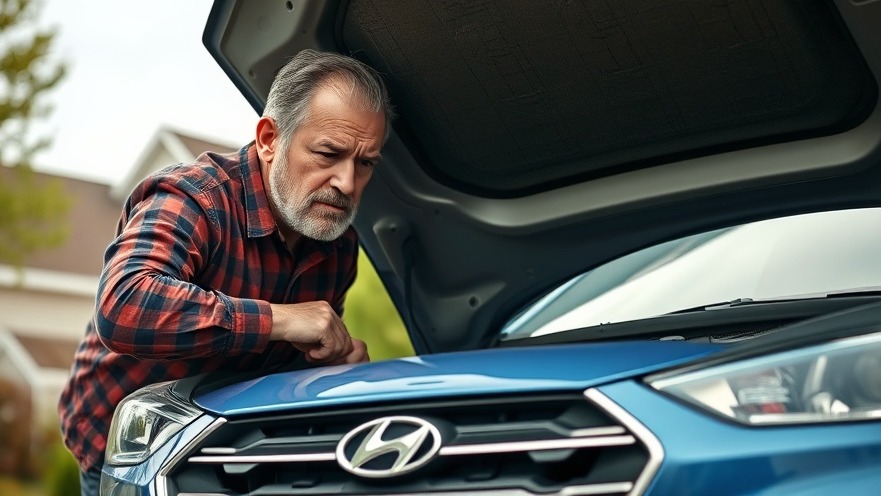
Why Hyundai Cars Often Face Reliability Issues
Hyundai, a major Korean car manufacturer, has faced skepticism in the automobile market, particularly surrounding the reliability of its vehicles. Over the years, Hyundai’s control of Kia and their operations in the U.S. have brought about a mix of reputations and manufacturing challenges. For instance, specific models manufactured in Alabama have been plagued with engine problems linked to faulty machines leading to significant recalls due to engine failures. However, vehicles made in Korea, such as certain older models, still hold up well compared to their newer counterparts.
In 'Here's Why Hyundais are Crap', the discussion dives into the reliability issues faced by Hyundai vehicles, exploring key insights that sparked deeper analysis on our end.
Understanding the Importance of Maintenance
One of the critical lessons learned in maintaining older Hyundai vehicles, as illustrated in the video review, is the importance of regular oil changes. The vehicle in question, a 2009 Hyundai, stands as an example where the owner's lack of attention to oil maintenance resulted in a blown engine, necessitating a costly replacement. It highlights how a simple adherence to regular oil change schedules—ideally every 5,000 miles—can preserve engine longevity and reliability.
What to Expect from Older Hyundai Models
For potential buyers considering older Hyundai models, their performance and durability can significantly depend on where they were manufactured. Cars made in Korea have generally been observed to be of better quality than those produced in the U.S. This distinction is crucial, as many Hyundai owners experience different issues based on the origin of their car's assembly. Understanding this can influence a buyer's decision regarding which model to pursue.
Identifying Common Issues and Codes
When assessing a used Hyundai, it's essential to pay attention to warning signals indicated by the vehicle's diagnostic codes. In the discussed video, the reviewer scans for codes related to various systems in the car, including the tire pressure monitoring system and airbag functionality. If a potential buyer finds numerous communication errors, these likely relate to the vehicle's age and not necessarily its performance capabilities. They can often indicate decaying components rather than catastrophic failures.
Pros and Cons of Purchasing a Used Hyundai
Acquiring a used Hyundai can be a double-edged sword. On one side, consumers may enjoy economical pricing and good fuel efficiency; on the other side, hidden issues can lead to larger expenses down the road. It's crucial for buyers to be vigilant, look for signs of wear and tear, and verify maintenance records before concluding a purchase.
The Importance of Trustworthy Inspection
Before finalizing a deal on a used Hyundai, it’s vital that prospective owners or buyers conduct a thorough inspection, ideally through a trusted mechanic. This can unveil issues that aren’t immediately clear and allow for a realistic understanding of what maintenance costs may arise. A well-maintained vehicle can be a reliable companion for years, while a car with multiple unresolved issues can quickly become a money pit.
In summary, before you purchase a Hyundai, ensure that you’ve vetted the vehicle’s history, understood the maintenance needs, and recognized the signs of any existing problems. Doing so can help you avoid the pitfalls many encounter when buying used cars and confidently navigate the used automobile market.
 Add Row
Add Row  Add
Add 




Write A Comment